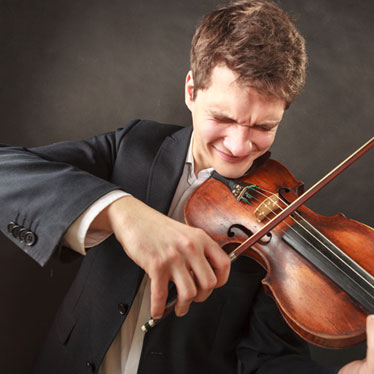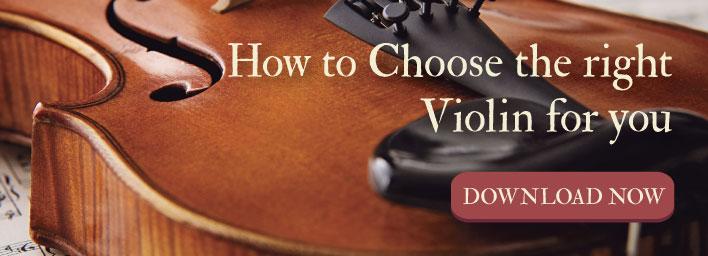How Your Facial Expressions Affect Your Performance - And the Audience!

In normal social activity, people convey all sorts of subtle meanings through body language. There have been countless studies on the influence of non-verbal communication, from facial expressions and eye movements to the way people cross their legs or use their hands during a conversation. Similarly, when you play music, you are in essence communicating with your listeners. The emotions and feeling you want to share come through in ways not related to the sounds you make.
Many musicians work hard to develop a superior performance technique. However, unless you focus on your total image, you’ll only be working on half the problem. Performing music is an emotional activity. As such, you need to use your body language in a way that supports the feelings you want your listeners to experience. By understanding how and why your facial expressions impact your performance technique, you can make great strides in becoming the musician of your dreams.
Music and the Mental Connection
The language of music is very powerful. It has the ability to communicate all sorts of emotions and evoke a response from others. Regardless of linguistic barriers, music speaks to the soul of every individual equally.
Because researchers wanted to know more about how music influences thoughts and feelings, a recent study by Nidhya Logeswaran and Joydeep Bhattacharya, of Goldsmiths College in London and the Austrian Academy of Sciences, probed that behavioral and physiological evidence. They wanted to know how emotions induced by music were transferred to sight in order to influence how facial expressions are perceived.
They discovered a direct link between listening to music and interpreting facial expressions. Neutral faces were considered happier after listening to “happy” sounds, but the same faces were listed as showing sad emotions after hearing melancholy music. This establishes a direct correlation between how your facial expressions can influence your performance technique.
Communicating with the Audience
People generally think that emotion is generated internally and then expressed physically. And while that is true, studies have also shown that your outward expressions impact your internal feelings. Because your countenance and posture can alter the way you feel, that will influence your performance technique.
For example, if you want to convey a sense of peace with your music, but you look scared and stressed out, the audience will receive conflicting signals. The more you align your external body language with the emotions you want to communicate with your listeners, the better your performance will be. However, just like every element related to music, this skill requires practice.
By building your aptitude for understanding emotions and experiencing them in greater degrees, you will be able to effectively connect with your audience. The following tips can help.
For Everyday Interactions:
Observe your body language, especially your facial expressions and posture during the day. By alerting yourself to your unconscious expressions, you’ll increase your awareness and have better control over body language. How does stress manifest in non-verbal activity? Do you alter your stance and posture around specific people? Why? Does the way you walk influence your mood? (Stomping, hurried, strolling, etc.)
How does changing your posture, smiling, and breathing influence your feelings? By recognizing the connection between your emotions and your body language, you’ll understand how to change those behaviors to enhance your performance technique.
While Practicing Your Instrument:
Think about the music itself and the emotions it evokes. Now consider how you want to add or alter that intent. Can you show determination and make the piece more intense? If you look enraptured will a light piece become more serious? Determine exactly what you want to share with your audience before you practice.
Also consider how your posture relates to the feelings you want to communicate. Think about how the numerous variations of a smile can be enhanced by your playing posture and body movements, particularly your shoulders and fingers. Don’t forget to focus on controlling your breathing. That component alone will influence your facial expressions and performance technique.
Set up your smart phone or web cam to record short practice sessions. This is an effective way to monitor your progress and identify areas you need to work on further.
During Performances:
Make sure that you perform your warm-up exercises and breathing techniques before you take the stage. Although they may seem like minor tasks, don’t neglect them. With your joints and muscles ready and your nerves calmed, you’ll be able to focus on matching your facial expressions to your music.
Play for the audience. If you feel comfortable closing your eyes, swaying, or dipping your body at specific points in the piece, do it. Feeling the music will enhance your performance significantly.
By building your expressive skills, you’ll make stronger connections with the audience every time you play and improve your performance technique.


